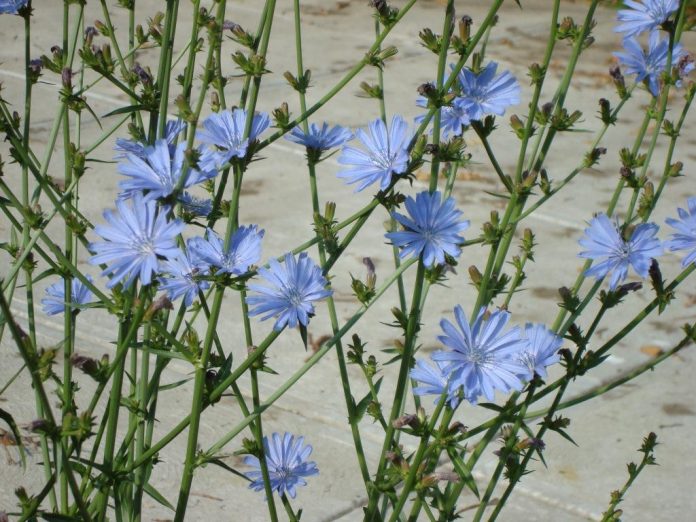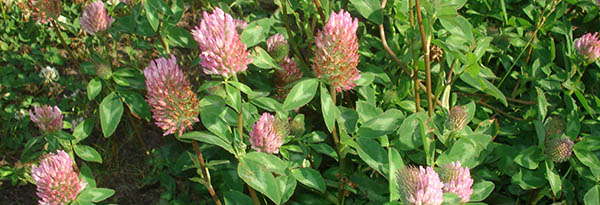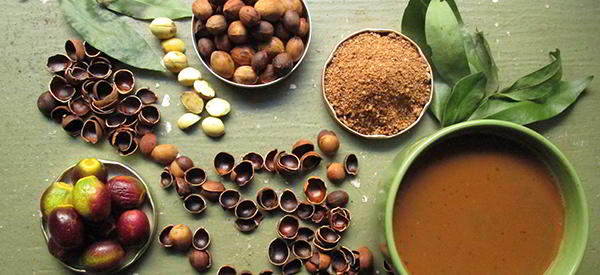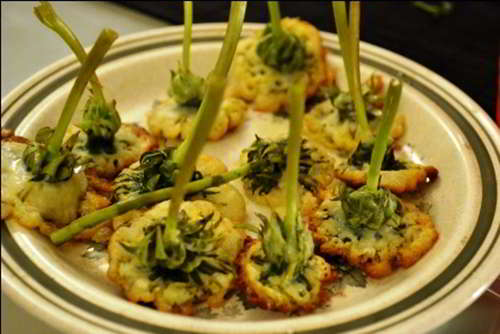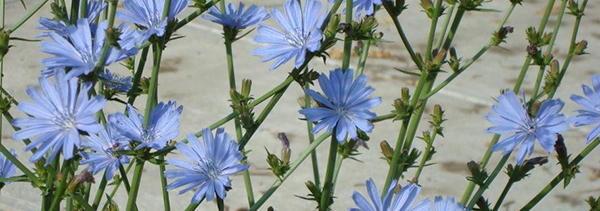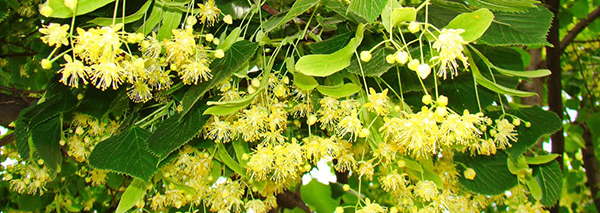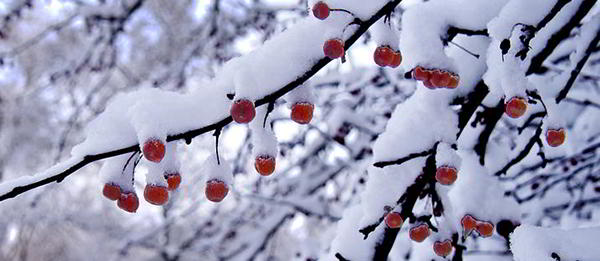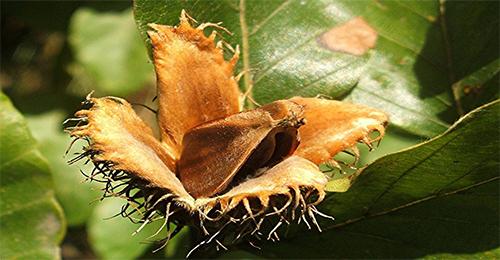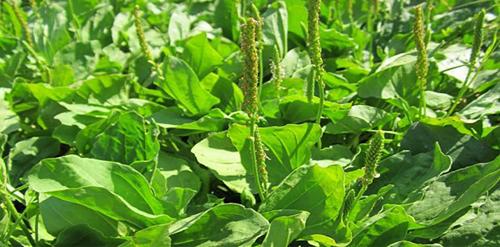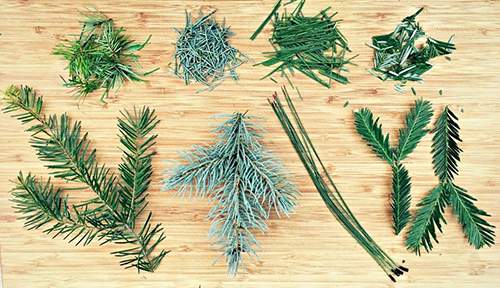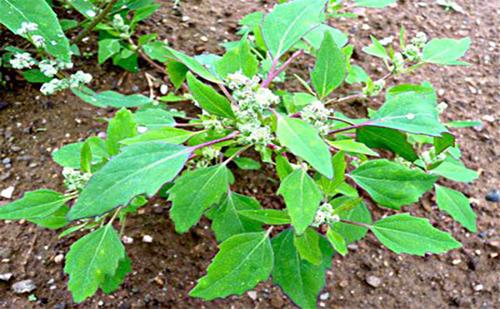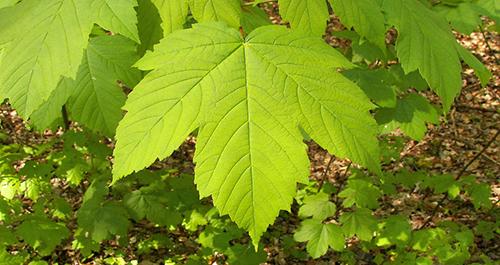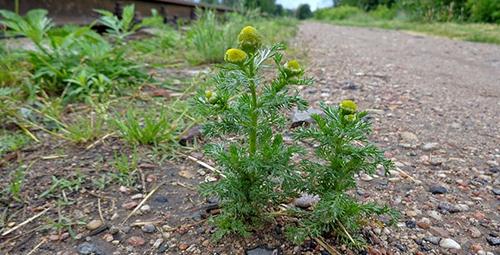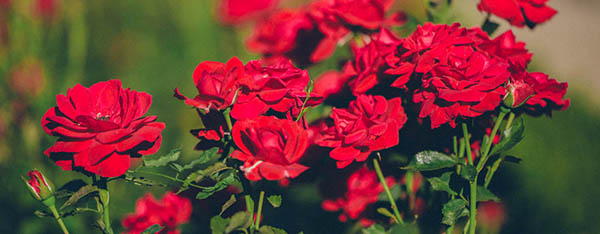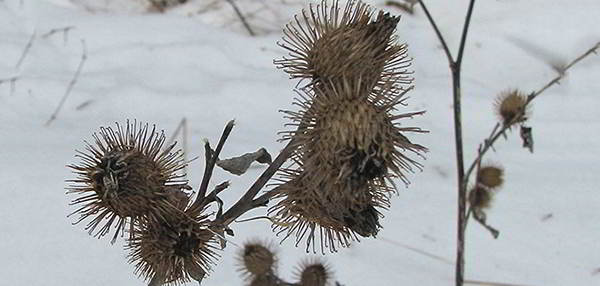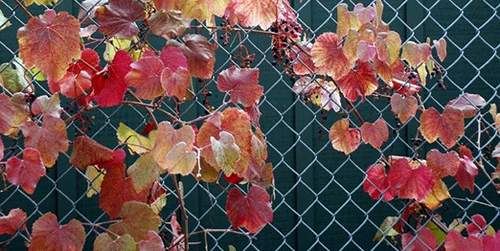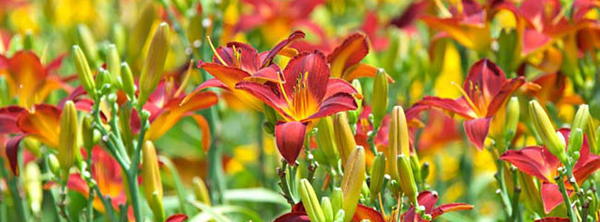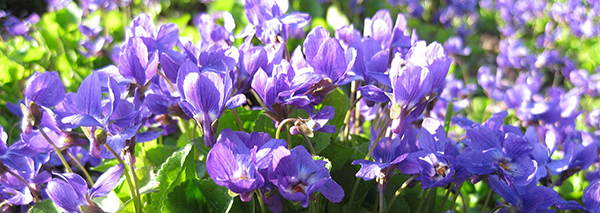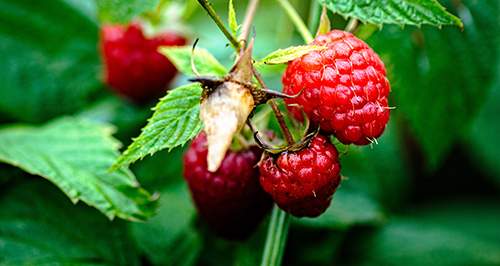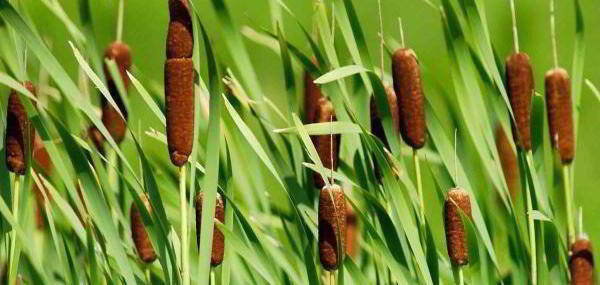You don’t have to leave the town to get foraging started. Life finds a way, often through gaps in the pavement and vacant lots. When you learn to recognize simple urban food plants, the prospect of street trees you’ve walked through hundreds of times will instantly come alive. Who knew some of the most popular shade and landscape trees are also tasty edibles?
What’s more, people are resourceful. Weeds are resilient, but so are we. When there is a plant which can grow under any conditions just about everywhere, we have probably found a way to eat it. Over the past there have been hard times and it’s certain it will be again.
1. Clover
Wild clover is everywhere, and easy to identify. For areas with high traffic, shade or overwatering it crops up for lawns and out-competes grass. You should eat fresh clover blossoms, for a tasty treat. They can also be dried, and turned into a tea rich in minerals. Finally, our ancestors used them to pad out wheat flour.
Recipes may replace dried clover blossoms, ground with a mortar and pestle, with up to 50 percent of the wheat flour.
2. Oak
Acorns are a protein-rich survival food, and in urban areas, oak trees grow as street and landscape trees. Removing the tannins requires a bit of effort and making them edible, but the payback is worth it. This cold leaching process leaves more nutrients in the acorns than other methods, which needs no energy or fuel that is added.
Acorn flour in typical recipes, such as those acorn flour chocolate chip cookies, can be substituted for half the grain. For paleo and gluten-free dishes it can also substitute almond flour.
Read more: Delicious Recipes Using Cattails – “The Supermarket of the Swamp”
3. Dandelion
Dandelion greens can be sold at high-end organic markets these days, selling for more than $20 a pound. Or you can just pick them out for free from your yard.
Picking healthy dandelion greens takes a little attention to detail. If the flower stalk begins to grow, the greens turn stringy and bitter, so harvest leaves from dandelion rosettes before the stalk starts to form.
Blossoms of dandelion may be eaten fresh, or made into jellies or wine. The roots are bitter, as are the leaves, if harvested after the plant blossoms. They can be eaten boiled like carrots or made of fritters, if harvested early.
Related: How to Make Dandelion Bread (Recipe Inside)
4. Chicory
Sometimes found growing wild along roadsides and in neglected urban areas, chicory is currently grown to popularize a distinctive coffee beverage in the South. When you are foraging food quickly, you can skip the other ingredients and brew a persuasive coffee substitute from the roots of chicory.
Wild chicory is a type of endive, and the leaves can be added for a bitter kick to the salads, or they can be cooked as a pot herb to minimize bitterness.
5. Linden
A common street tree, lindens grow high in all urban areas on the east coast of the United States and in Europe. Every part of the linden, including the flowers, leaves, seeds, bark and sap, are edible. Because of the distinctive leaves as big as your hand and tiny extremely fragrant flowers, identifying linden is fairly simple. In addition to being edible, the flowers are a common anxiety medication that may come in handy in a situation of survival.
6. Apples & Crabapples
For any given year, how many people throw apple cores out of their window? Search along roadsides and in desolate places, and you’ll probably find a rogue apple tree. While wild apples may not be as sweet as their native cousins in the grocery store, they are edible to perfection.
Crab apples are smaller but, unlike smooth cherries and plums, they will still have a distinctive blossom end at the bottom. In my earlier years, I once heard a mother scolding her children for eating the “poison cherries” in a nearby park. I went over and picked up a few, handing them over to my own kids. They were some of the most savory crab apples I’ve eaten so far. And they can be found in winter, too.
Know how to identify them, well before you need to.
Related: 15 Common Wild Plants You Never Thought Were Edible
7. Beech Nuts
Whether grown wild or planted in urban areas as landscape and shade trees, beech trees develop small nuts a little larger than a sunflower seed.Beechnuts contain roughly 20% protein, compared to 7% protein in acorns. Even more impressive, they’re 50% fat.
It is easy to recognise Beech nuts, because they each have distinctive velcro-covered husks that hold 2 to 3 triangular nuts. They grow in abundance right before leaves start turning in the fall, but you’ll need to beat them to the squirrels.
8. Plantain
Every part of plantain is edible. The leaves are a bit stringy and bitter eaten raw, but they soften up nicely after a quick dip in boiling water. The seeds can be used to stretch flour or eaten fresh.
9. Conifer Needles
I recall reading about the Donner party and learning that before they began starving to death, they’d suffered from scurvy. I thought that was the strangest thing, because they were trapped in a forest of conifers, full of conifer needles rich in vitamin C.
While pine needles contain not many calories, conifer needle tea will help prevent scurvy and keep you safe enough to remain out foraging higher calorie foods.
10. Lambs Quarters
Also known as “goose foot” for their distinctive leaf shape, lambs quarters in ritzy restaurants command high prices, but they are free to expand out of a of sidewalk crack. They are best eaten young, before the seeds start to develop.
They are supposed to be boilable as a pot herb, but I have never bothered. They are sweet tasting and have a delicate texture which I would hate to ruin by cooking.
11. Maple (and other tree sap)
Roughly any sort of maple tree, even ornamental urban maples, produce delicious sap that can be boiled for syrup. You don’t need to gather sap using fancy tapping tools. A pair of scissors and an empty soda bottle may be found in a pinch. Only snip off the tops of a few low branches and cram them into a soda bottle, with the tops of the branch pointing downward. The bottle will fill just like a sap bucket, no tap required.
Beyond maple, there are at least 27 trees that can be tapped for syrup. Birch, black walnut and hickory are made commercially in the United States, but many other species produce distinctive syrups. Sycamore sap, for example, can be boiled into a butterscotch flavored syrup.
12. Pineapple Weed
This chamomile like flower can be found growing up out of sandy soil patches along roadsides, sidewalks and often right in the middle of parking lots. It’s not truly chamomile, and it lacks white petals. The small flowers are just rounded yellow cones and they emit a pineapple scent when crushed.
They can be eaten raw, cooked or made into a tasty tea.
13. Roses
Both the petals and the vitamin c filled rose hips can be eaten for food. Try adding a handful of rose petals to any baked good, and for an extra special foraged treat, try substituting half the flour with ground clover blossoms before adding rose petals for flavor.
14. Mushrooms
Though they can be tricky to identify, mushrooms are high in nutrients and worth the effort. Common urban mushrooms include shaggy mane, oyster, hen of the woods, giant puffball and wine caps.
Wine caps are especially common, as they love to grow out of decomposing wood chip mulch in urban plantings.
Related: This Common Driveway Weed is One of Nature’s Most Powerful Survival Plants
15. Burdock
Both the stalks and roots of burdock are edible. Burdock flower stalks are making their way into fancy restaurants and the roots have long been a staple in asian cooking. They can be eaten in stir fries like daikon radish or made into a cleansing and diuretic tea.
Related: 23 Medicinal Plants the Native Americans Used on a Daily Basis
16. Queen Anne’s Lace
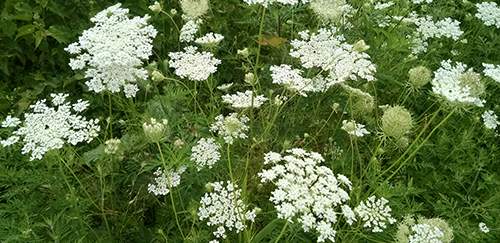
Often known as wild carrot, the wild ancestor of our modern-day carrots is Queen Anne’s Lace. The leaves have a distinctive scent of carrot and the roots are downright sweet. The problem is, confusing them with water hemlock, a wild weed which is highly toxic, is fairly easy. Make sure you are confident in your identification and you know how to differentiate between Queen Anne’s Lace and poison hemlock.
17. Wild Grape
Birds love to eat wild grapes and spread their seeds far and wide. They can be seen growing up just about anything vertical, including chain link fences and telephone poles. Most people know how to identify grape leaves and the fruit looks just store bought grapes, only much smaller. The hardest part is beating the birds to the fruit.
18. Daylilies
Found wild alongside highways or growing out of neighborhood perennial beds, daylilies are a tasty treat. The flowers taste like fresh, sweet spring peas with added floral notes. Though I’ve always heard to eat the unopened buds, I’ve found that the mature, fully opened flowers have the best flavor.
19. Violets
Both the flowers and the leaves of violets are edible and full of vitamin A and C. They can be found growing up out of shady patches of lawn or alongside sidewalks. They’re particularly resilient and have adapted well to urban environments.
20. Raspberries
Where raspberries survive is pretty amazing. I saw them come up on the edges of the sidewalks ands plant no more than a foot tall bearing fruit. Because birds bring the seeds, raspberries will sprout up just about wherever the soil is. Much neglected and along the edges of parks are the best places to hunt for raspberries in abundance.
21. Cattails
Although most people think of cattails as something they would see in the woods at the bottom of a pond, cattails do not require much water for support. They can develop in any drainage ditch, or low lying area that accumulates water regularly. They are popular in median highways where the soil has been lowered to allow drainage from the lane. Parks and vacant lots are also popular places to be found.
The rhizomes which grow under the water in the mud are full of starch and can be eaten like potatoes. The stalks are a great vegetable from the spring and pollen may be used in baked goods as a meal substitute.


